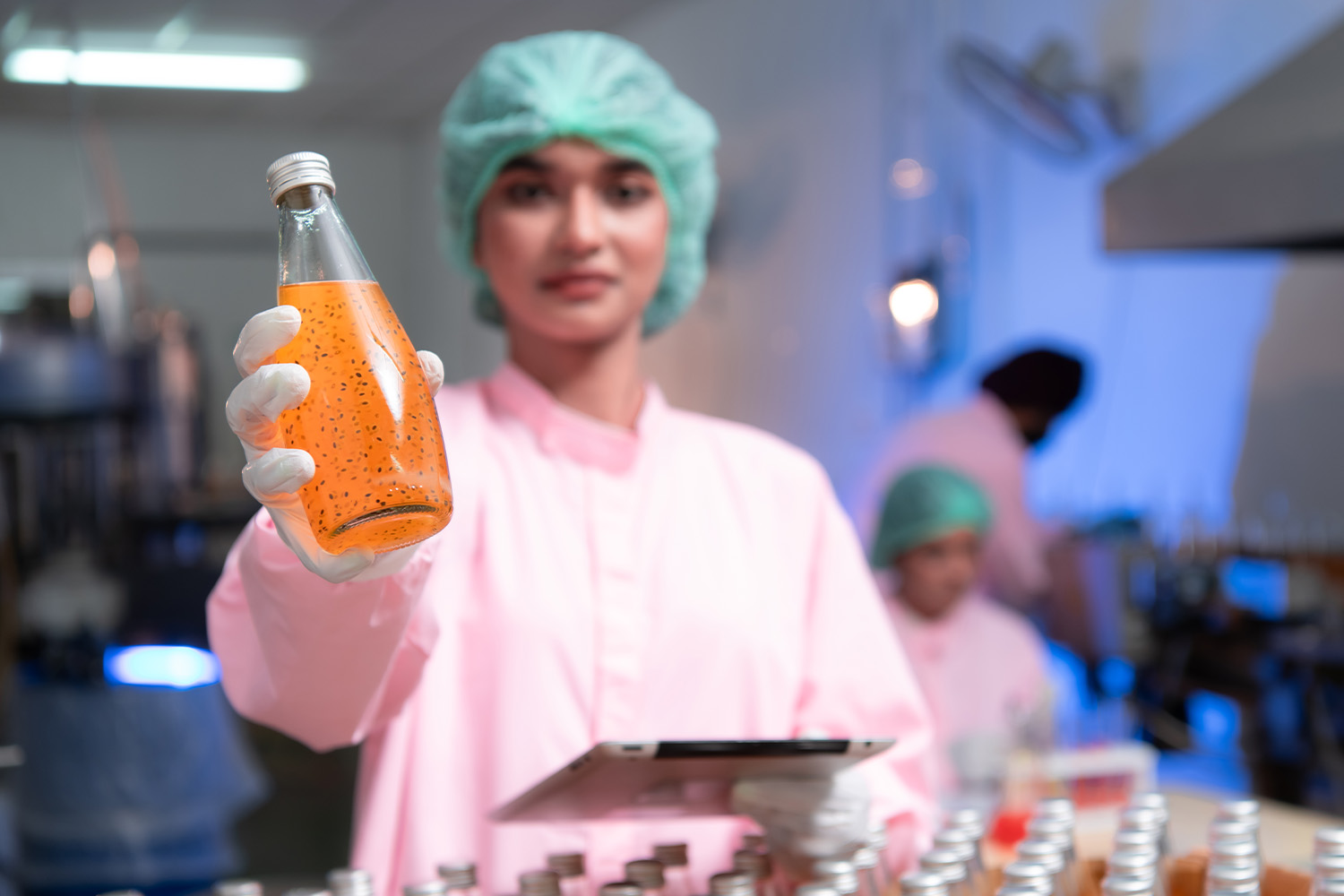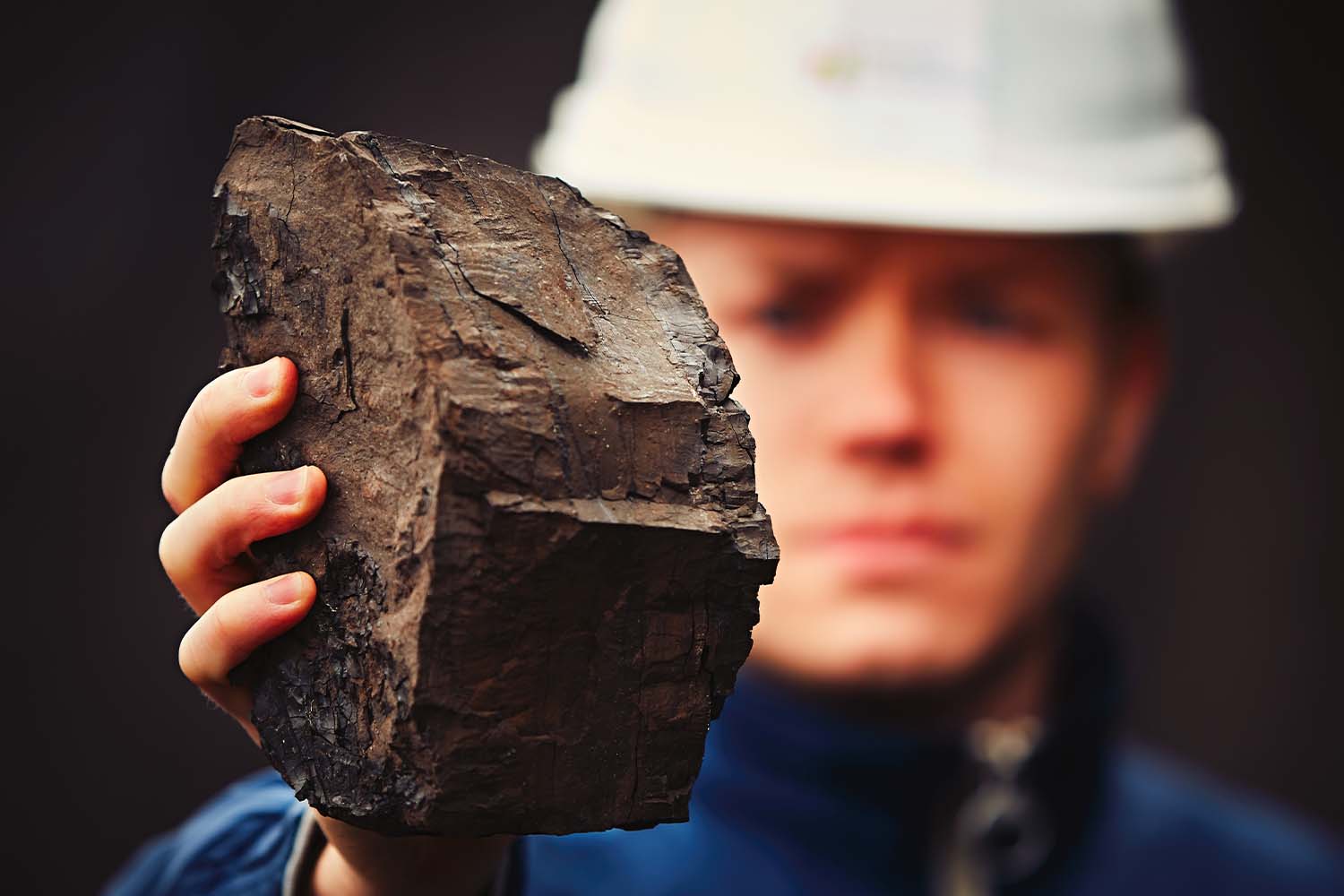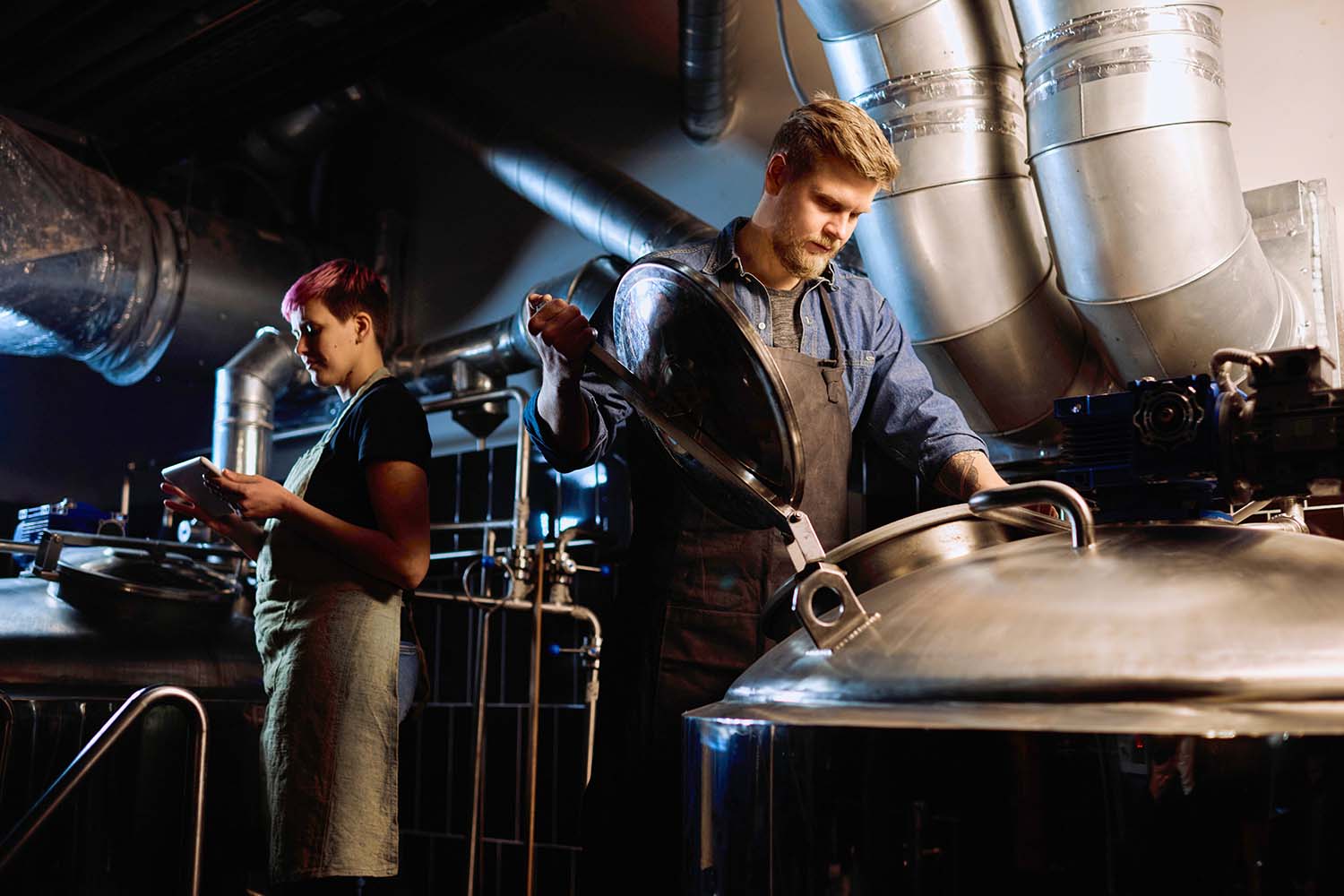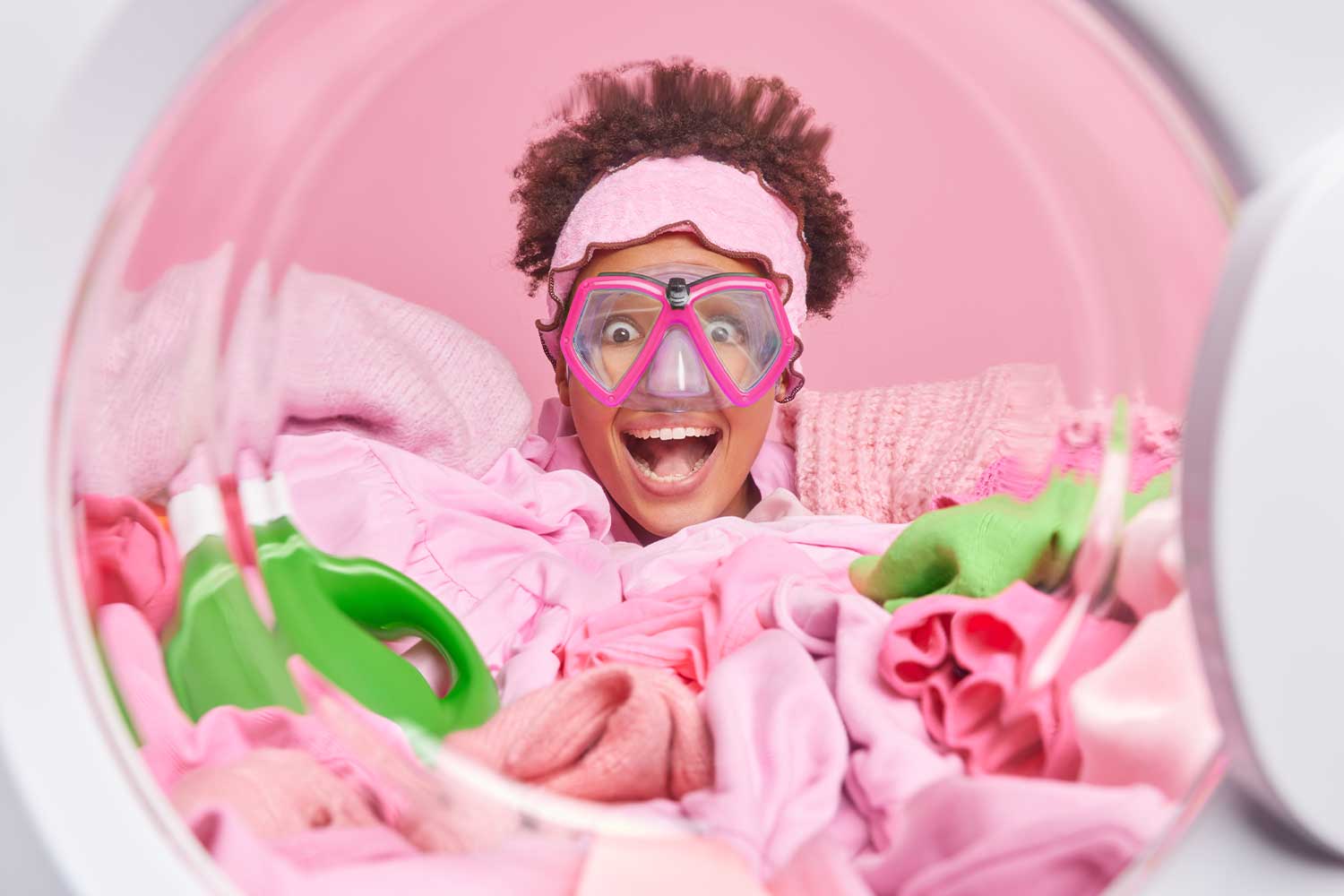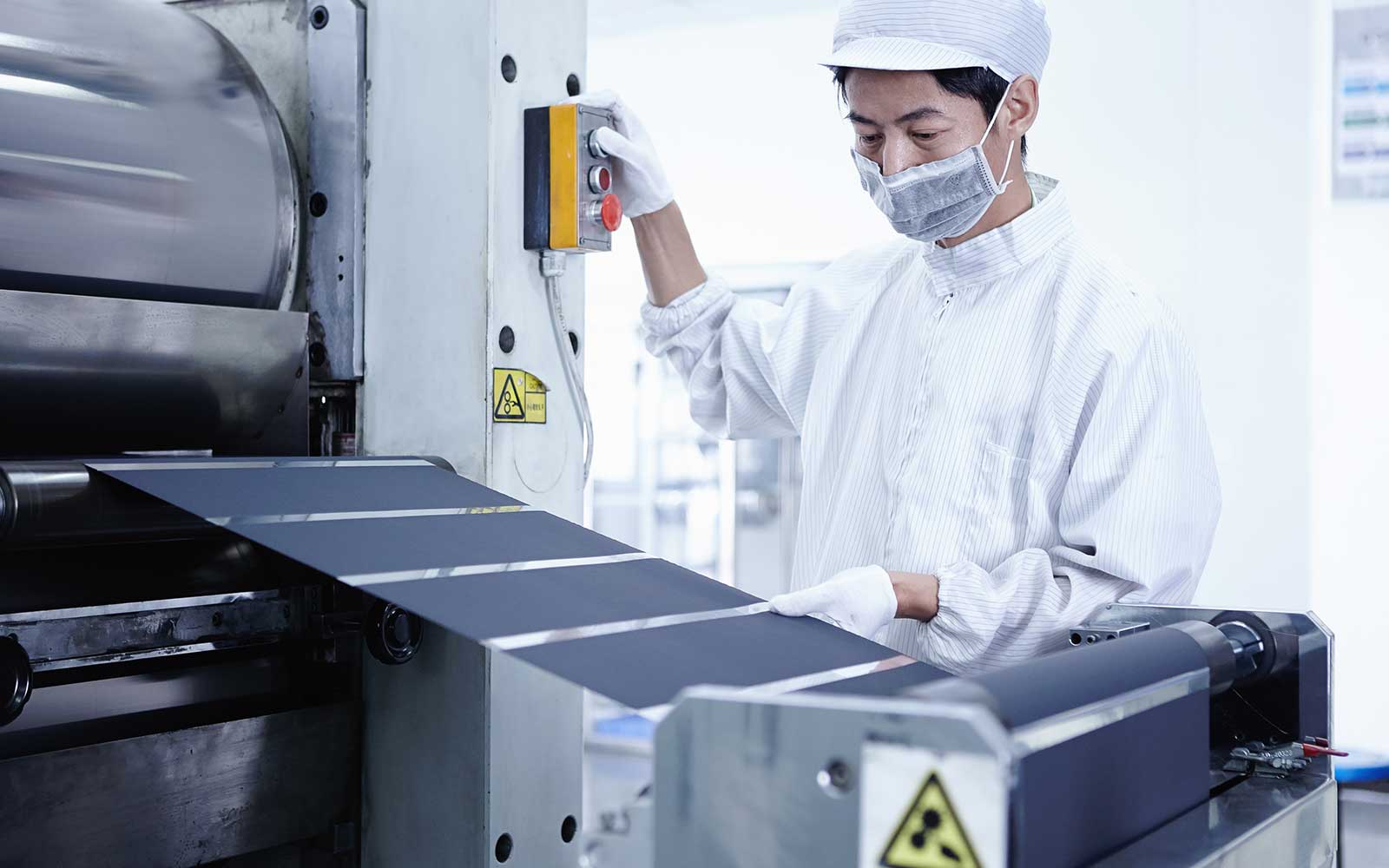
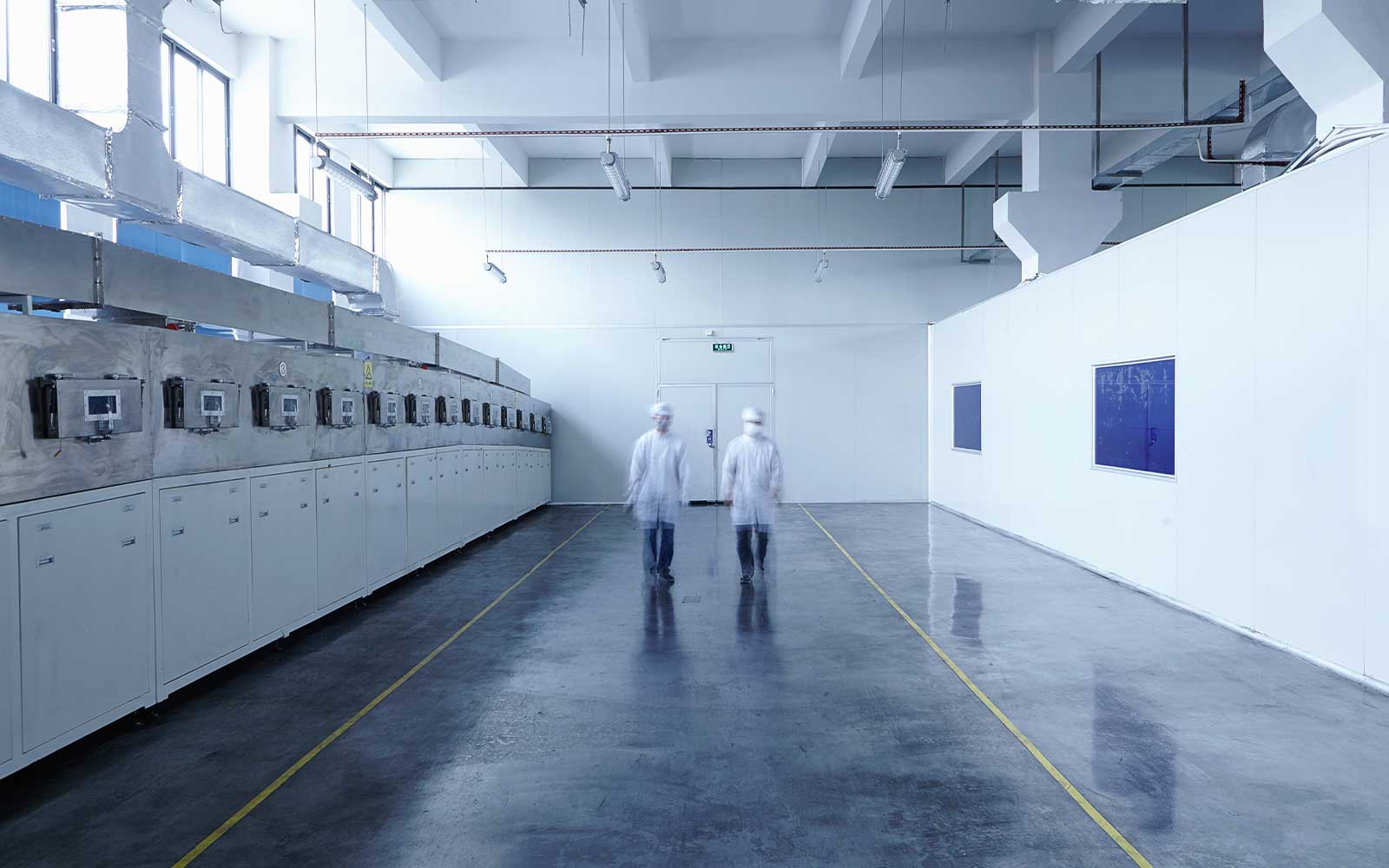
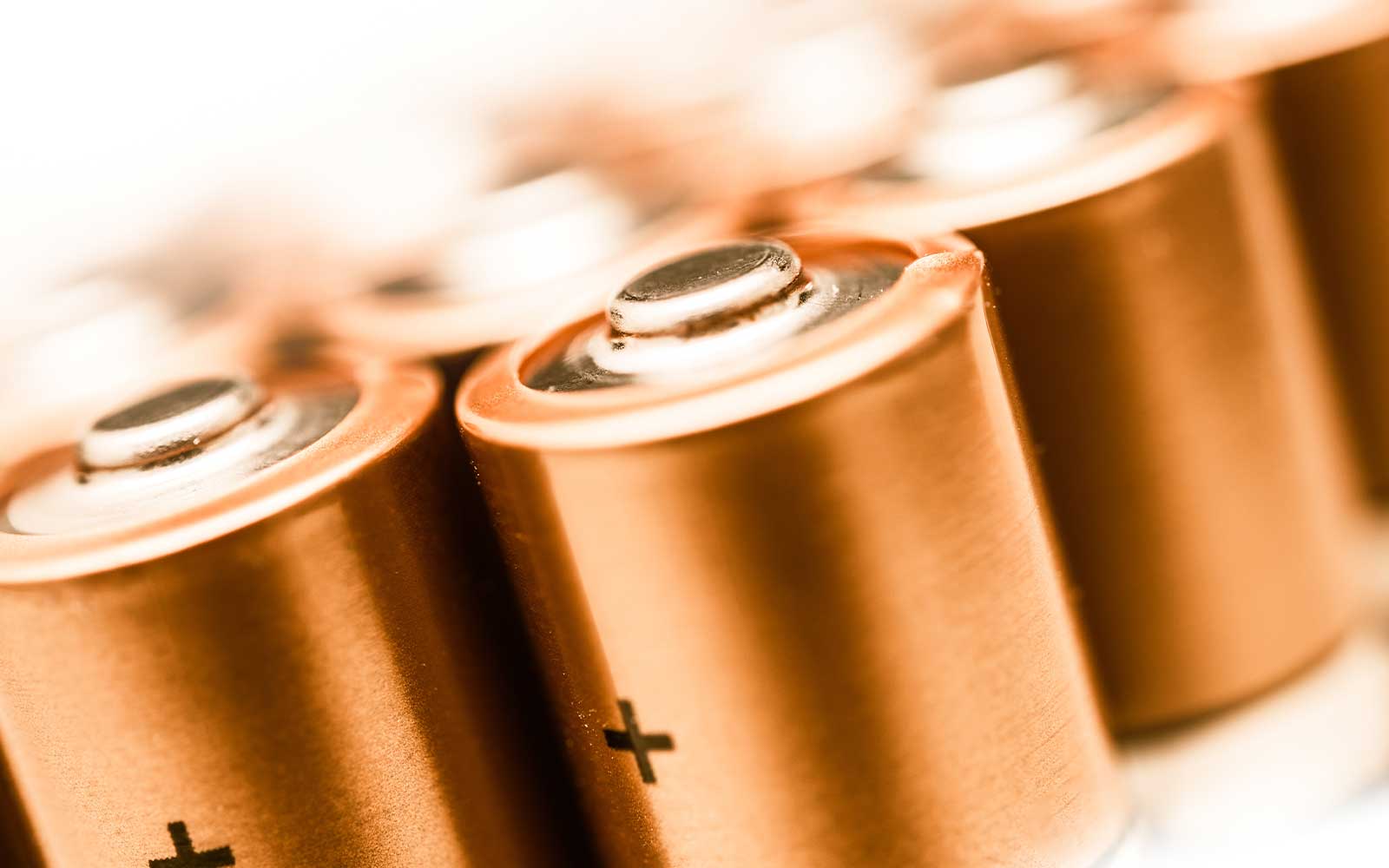
Lithium-ion batteries (LIBs) are widely used in various applications, including portable electronics, electric vehicles, and grid energy storage. One of the critical parameters that affect the performance and safety of LIBs is the moisture content. Excessive moisture can lead to corrosion of the electrodes, degradation of the electrolyte, and other adverse effects on the battery’s performance. Therefore, it is essential to measure the moisture content in LIBs accurately. In this blog, we will discuss various methods to measure the moisture content in LIBs.
Karl Fischer Titration
Karl Fischer titration is a widely used method for measuring the moisture content in a sample. It is a volumetric titration that involves the reaction of water with iodine and sulfur dioxide. The method is highly sensitive and can detect moisture content in the range of parts per million (ppm). However, it requires specialized equipment and skilled operators.
To measure the moisture content in LIBs using Karl Fischer titration, a small amount of electrolyte or electrode material is dissolved in a solvent and titrated with a Karl Fischer reagent. The amount of reagent consumed is proportional to the amount of water present in the sample, and the moisture content can be calculated accordingly.
Humidity Analyzer
Humidity analyzers are another common method for measuring the moisture content in LIBs. They use a sensor to measure the relative humidity (RH) of the air inside a sealed container containing the battery. The RH is then used to calculate the moisture content of the battery using a calibration curve.
To use a humidity analyzer, the battery is placed inside a sealed container with a sensor, and the RH is measured. The container is then opened, and the battery is allowed to equilibrate with the environment. The container is then resealed, and the RH is measured again. The difference between the two measurements is used to calculate the moisture content of the battery.
Thermal Gravimetric Analysis (TGA)
Thermal gravimetric analysis (TGA) is a method that measures the weight loss of a sample as it is heated. Water has a high vapor pressure, and it evaporates at a relatively low temperature. Therefore, TGA can be used to measure the moisture content in a sample by heating it and measuring the weight loss.
To measure the moisture content in LIBs using TGA, a small amount of electrode material or electrolyte is heated in a controlled atmosphere. The weight loss is measured as a function of temperature, and the moisture content can be calculated from the weight loss curve.
Nuclear Magnetic Resonance (NMR)
Nuclear magnetic resonance (NMR) is a spectroscopic method that uses the interaction of magnetic fields with atomic nuclei to determine the physical and chemical properties of a sample. In the case of moisture content in LIBs, NMR can be used to measure the amount of water in the electrolyte.
To measure the moisture content in LIBs using NMR, a small amount of electrolyte is placed in a specialized NMR tube and subjected to a magnetic field. The water molecules in the electrolyte absorb and emit radio waves, which can be detected by the NMR instrument. The amount of water in the electrolyte can be calculated from the NMR signal.
Near-infrared (NIR) technology
Near-infrared (NIR) technology is a non-destructive and rapid method with an economical cost that can be used to measure the moisture content in various materials, including lithium-ion batteries (LIBs). NIR technology uses the interaction of light with the chemical bonds in a sample to determine its physical and chemical properties. NIR is regarded as a good balance as it is safer and a more economical technology.
Moisttech Corporation
MoistTech Corporation of Sarasota Fl USA manufactures high quality Instant NIR Online Moisture Sensors.
The Moisttech IR3000 Near-Infrared (NIR) sensor can measure the moisture and thickness of micro-porous separator film improving product consistency and quality.
The benefit of NIR technology is it is non-contact, non-destructive and is a harmless technology. It is a surface analysis so needs to be used at the time of manufacture to measure the moisture in the separator film and can also measure anode and cathode material moisture levels in the manufacturing plant in real time.
Conclusion
As mentioned above there are several methods to measure the moisture content in LIBs, each with its advantages and limitations. Karl Fischer titration is a highly sensitive method but requires specialized equipment and skilled operators. Humidity analyzers are relatively simple to use but are far less sensitive than Karl Fischer titration. TGA is a useful method for measuring the moisture content of electrode material but may not be suitable for measuring the moisture content in the electrolyte. NMR spectroscopy has potential radiation risk and is also a costly technology. NIR seems to be a good all-round technology to use in this industry as it is easy to apply at a cost effective price point and is non-hazardous.


